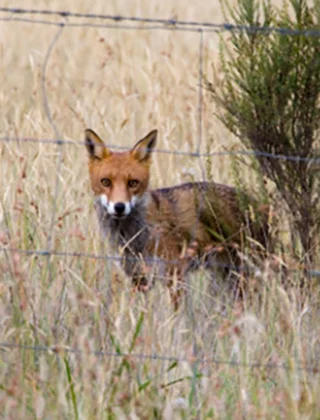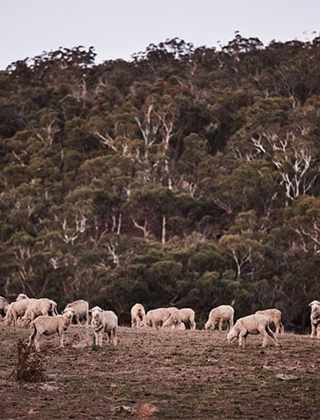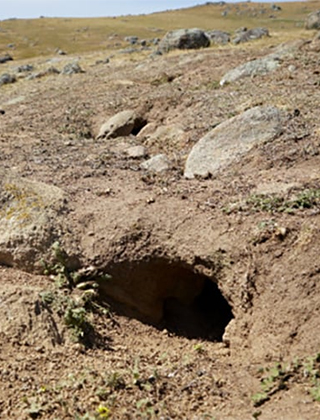I have foxes. What can I do about them?
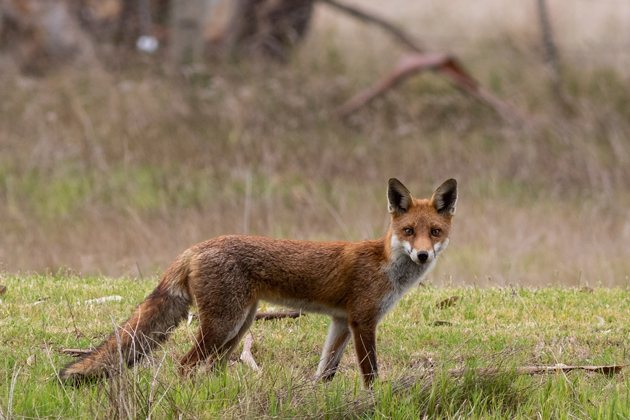
Woolgrowers and other communities across Australia trying to combat foxes will be better equipped with the release of a new 28-page planning guide by the Centre for Invasive Species Solutions (CISS).
PHOTO: Warren Howe
Foxes are opportunistic predators and scavengers that pose a threat to livestock and, in high density areas, they may also be a health risk to humans and pets through transmission of diseases. Foxes are also a primary cause in the decline and extinction of many small and medium-sized native lizard, rodent and marsupial species in Australia; they also prey on many bird species.
The new Planning Guide for Fox Management in Australia has been produced by CISS to help individuals, groups and organisations wanting to control foxes to first define the problem, then assess control options (eg baiting, shooting, trapping, fencing etc) and then prepare effective plans for fox management.
Supporting information is provided in the document to assist the plan preparation, with links to more detailed information such as the 28-page Glovebox Guide for Managing Foxes produced by CISS in 2020 with AWI support.
“A useful plan doesn’t need to be long and complicated: a map to get you started, a list of everyone involved, details about why you want to control the pests, and a calendar of who is doing what, when,” said National Feral Cat and Fox Management Coordinator with the CISS, Gillian Basnett.
CISS has also published a new Planning guide for feral cat management in Australia. As well as being a massive threat to native animals through predation, feral cats also spread disease to animals including sheep.
The new planning guides provide a framework for people to select management options that suit their circumstances. The best outcomes are usually achieved when an integrated pest management approach is undertaken that combines the use of all suitable control tools.
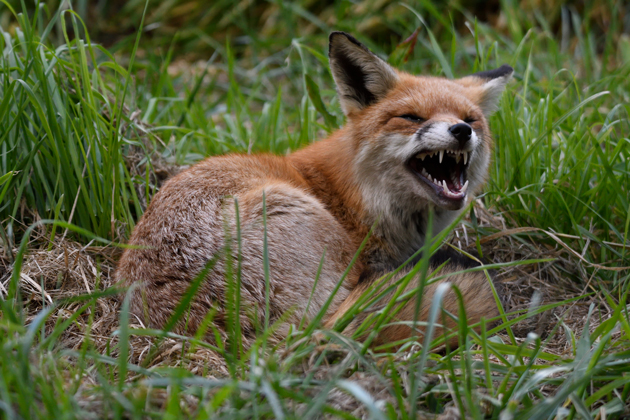
PHOTO: David Cunningham
Coordinated approach to pest management
The successful ‘nil tenure’ approach that has been used in Australia to limit predation by wild dogs can act as a blueprint for the control of other wide-ranging invasive species such as foxes.
A nil tenure approach highlights the benefit of focusing on the ‘common problem’ rather than attributing ownership of an invasive pest problem to individual land managers. It is a coordinated, collaborative, community driven approach to feral predator management.
Importantly, this community driven approach also has a positive impact on the emotional well-being of farmers in the area who now feel that something positive is being done to address the constant financial and emotional impact of predation.
Gillian says the coordinated approach to wild dog management in Australia has provided an excellent example of what could be achieved with an integrated pest management approach, using all available tools to best effect.
“That is farmers, land managers, pest controllers and community groups talking and working together, and where multiple species are targeted,” she said.
An existing wild dog management group in a region could be used to deliver strategic and targeted control programs, on private and public land, to address foxes and other invasive species as well as wild dogs.
Similar control methods such as baiting may be able to be used for several species. However, it is important to consider differences in size, physiology and behaviour between species. For example, feral pigs may eat fox baits before foxes, reducing the efficacy of a fox control program. Furthermore, individual fox baits are not sufficiently toxic to kill a pig, so the loss of these baits to feral pigs will unfortunately not result in any benefit for feral pig management.
It is recommended that FoxScan® (part of the FeralScan® suite of apps, supported by AWI) is used to record data (eg animal sightings and control activities) during the preparation and implementation of a fox management plan – see www.feralscan.org.au.
Pest management guides
Available on the PestSmart website at www.pestsmart.org.au/pest-animals/glovebox-guides-order-form are a selection of guides produced by CISS that are available to download. They are also available to order hard copy (cost involved).
- Planning guides to pest management in Australia: (1) foxes, (2) feral cats.
- Glovebox guides for managing pests: (1) foxes, (2) wild dogs, (3) feral pigs, (4) rabbits, (5) feral cats.
- Field guides to poison baiting: (1) wild dogs and foxes, (2) feral pigs.
- Best-practice management of wild dogs in peri-urban environments
The PestSmart website managed by CISS provides further best practice information on how to plan, manage and improve pest animal control programs in Australia.
More information: www.pestsmart.org.au
This article appeared in the September 2023 edition of AWI’s Beyond the Bale magazine. Reproduction of the article is encouraged.






